- Do you subscribe to Dharma Dog Training’s Newsletter? You should.
- A Unique Campaign from The Humane Society of the United States
- Rabid bats in Omaha- Stay safe, prepared with these tips
- Springtime Activities in Omaha
- Mill Dog Monthly from Bailing Out Benji
- World Spay Day, Legislative Alert in Nebraska
- Attend the Nebraska Rescue Council’s monthly meeting this Saturday
- Five Hard-to-Ignore Reasons to Adopt!
- Paws in Pink to Benefit Breast Cancer Foundation
- VCA, Inc. Acquires MidWest Vet Specialists from Kansas State University
Small Dog Syndrome? What it is, how to handle it
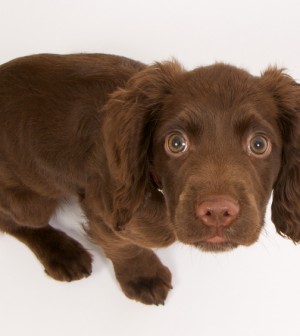
Having a tiny dog as a pet has a ton of perks. You can walk him easily, you can travel with him and you can pick him up if you sense impending danger. However, having a small dog can also have its drawbacks: including small dog syndrome. If your small dog has annoying behaviors, like yapping and being constantly needy and demanding, he may just have small dog syndrome. Luckily, though, there are some things you can do about small dog syndrome to make life more pleasant for both you and your pup.
What Is Small Dog Syndrome?
Small Dog Syndrome (SDS) is a set of unpleasant or risky behaviors that small dogs show that are considered to be merely annoying in small dogs — but would be considered dangerous in big dogs. These behaviors include things like jumping up on people, constantly parking, racing around like crazy when off a leash and insisting on being on a parents’ lap. Small dog syndrome can happen because parents don’t realize that the behaviors are undesirable or dangerous. They simply allow the behaviors and don’t train them out of dogs because the dogs are so small. Small dog syndrome can also happen because parents of dogs want to protect their small dogs, thereby constantly reinforcing bad behavior.
If you think your small dog has SDS, then fear not — there are some things you can do to reduce these behaviors and retrain your little dog to be less annoying and better behaved.
Improving Small Dog Syndrome
If your dog has SDS, there are some steps you can take to reduce the negative behaviors dogs show.
- Be the pack leader. Your small dog needs a leader to show him the way and enforce the rules. Don’t allow things like growling, barking and jumping up on people, even if it’s not doing anyone physical harm. Tell your dog “no” and ignore the behavior; do not reinforce the behavior by picking your dog up or giving him attention.
- Offer positive reinforcement. Use positive reinforcement when dogs follow commands (like sit, stay, come, etc.). Also, if they’re in a situation that might make them anxious but they refrain from barking, growling or jumping into your arms, you should also give them positive feedback via a treat, pets and nice words.
- Avoid high-stress situations. Most of the time, small dog syndrome happens when a dog feels anxious or stressed out. Avoid situations that will make him feel this way, like going to the “big dog” section of a dog park. Try to avoid overstimulating your dog, and if your dog shows signs of being over excited or anxious, remove him from the situation.
- Treat your dog like a big dog. Even if your dog is tiny, pretend like he is a giant mastiff- then treat him that way. If you see any behavior that would be threatening from a mastiff, don’t tolerate it and don’t reward it.
- Consider working with a professional behaviorist. Dog behaviorists have extensive experience helping improve the behavior of dogs. Work with a behaviorist to retrain your dog’s bad habits; a behaviorist can also teach you tricks to handle your dogs when he shows unpleasant signs of small dog syndrome.
If your dog has small dog syndrome, taking steps to train him can help reduce the amount of bad behavior. It can also help to consult your vet at your next visit for a regular treatment, like receiving NexGard, a flea and tick product for dogs to prevent fleas and ticks. Your vet may have some tips for diminishing the signs of small dog syndrome, so you and your dog can feel happy and proud to be spending time together — no matter where you are or who you’re around.
Related Posts
Latest News
-
3 Tips for Pet Owners on Training Rescue Dogs
Owning a rescue dog can take some work compared to...
- Posted 2 weeks ago
- 0
-
Choosing the Right Pet for Your Lifestyle
Are you thinking about getting a pet but unsure what...
- Posted 3 weeks ago
- 0
-
How to Make Your Rescue Pet as Comfortable as Possible
Did you bring home a new pet from a shelter...
- Posted 2 months ago
- 0
-
How Having A Pet Can Change Your Life
Having a pet can open your heart in ways that...
- Posted 7 months ago
- 0
-
How To Improve The Life Of Your Senior Pet
Do you have an elderly fur baby and want to...
- Posted 7 months ago
- 0
-
Springtime Activities To Enjoy With Your Furry Friends
Are you preparing for warmer weather and want some ideas...
- Posted 8 months ago
- 0
-
Pros And Cons Of Microchipping Your Pets
Have you considered whether your pets should be microchipped and...
- Posted 9 months ago
- 0



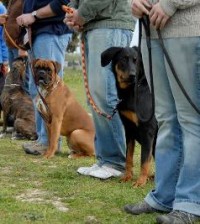

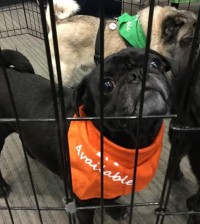



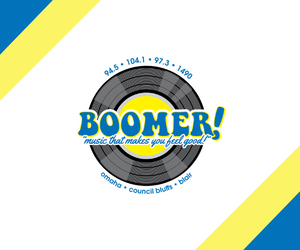
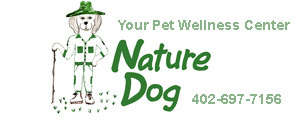
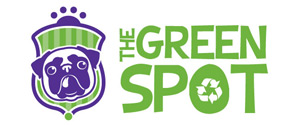

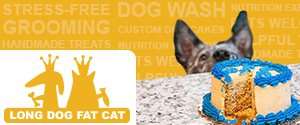



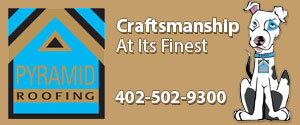




You must be logged in to post a comment Login